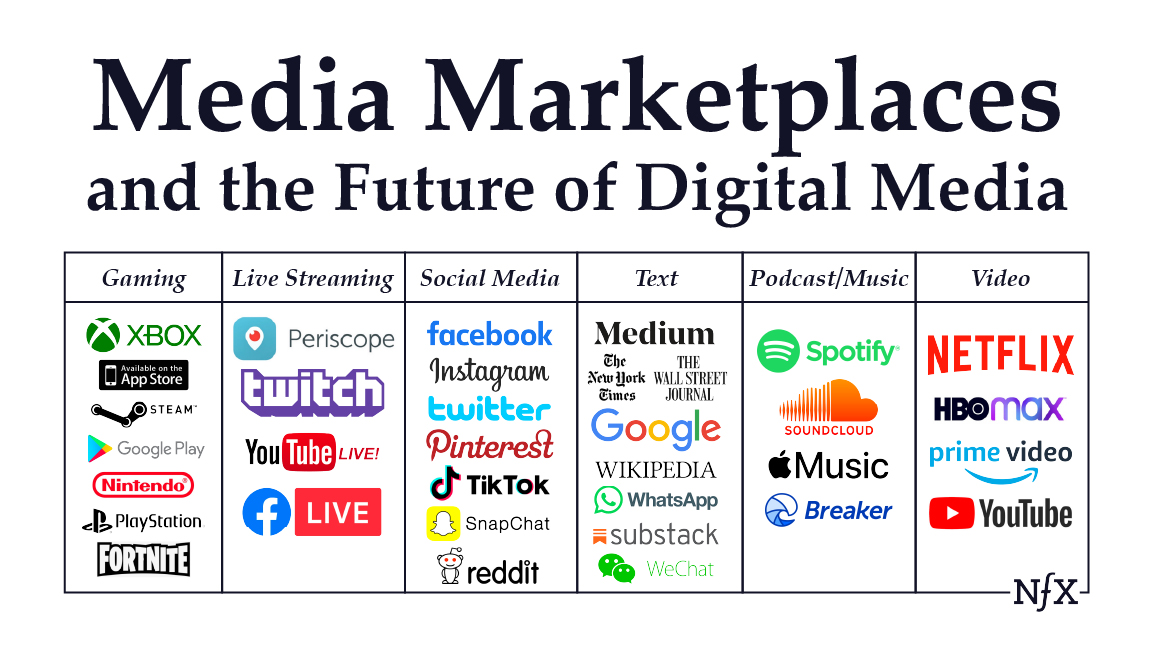
Saved by sari and
The Marketplace Monetization Map: Complexity and Asymmetry

Saved by sari and

sari and added

sari added
A monetization model is good only to the extent you can make it work. Assess factors like feasibility, difficulty of customer adoption, and scalability. Make sure you can measure the data necessary to enforce the pricing. In addition, you must be able to communicate the model easily to customers and partners. Don't exclude yourself from a particula
... See more
sari added
sari added
Jay Matthews added
sari added
sari added